Home>Ideas and Tips>Hidden Harmonies Of Home Acoustics
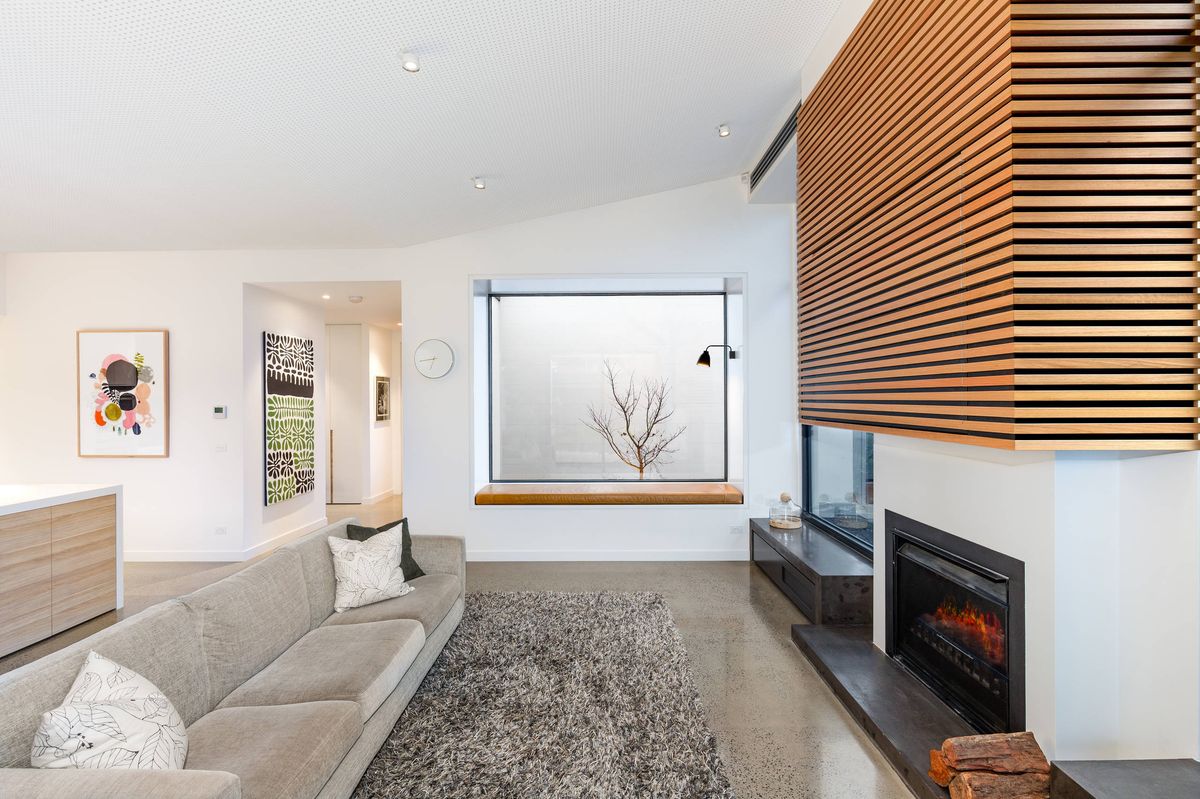

Ideas and Tips
Hidden Harmonies Of Home Acoustics
Published: October 19, 2024
Discover the secrets to perfect home acoustics. Learn soundproofing tips, room acoustics techniques, and the latest in acoustic materials for a serene living space.
(Many of the links in this article redirect to a specific reviewed product. Your purchase of these products through affiliate links helps to generate commission for Storables.com, at no extra cost. Learn more)
In the quest for a perfect home, many of us overlook one of the most crucial aspects: acoustics. The way our homes sound can significantly impact our daily lives, from the comfort of our living spaces to the productivity of our work areas. In this article, we will delve into the world of home acoustics, exploring both the challenges and the solutions. We will discuss various techniques for soundproofing, room acoustics, and the latest advancements in acoustic materials.
The Importance of Acoustics in Home Design
Acoustics is often overlooked in home design, but it plays a vital role in creating a comfortable and functional living space. Poor acoustics can lead to noise pollution, which affects not only the occupants but also the resale value of the property. In offices, hospitals, and classrooms, inadequate acoustics can compromise productivity, patient care, and teaching effectiveness.
Read more: Attic Transformations: Hidden Gems Revealed
Noise Pollution: A Growing Concern
Noise pollution is a significant issue in modern urban living. With more people living in close proximity to one another, the potential for noise disturbance increases. This can be particularly problematic in residential areas where neighbors may complain about excessive noise levels. In such cases, soundproofing becomes essential to maintain peace and quiet within the home.
Impact on Occupant Satisfaction
Occupant satisfaction is a critical measure of a building's success. When noise complaints arise, it often leads to costly retrofitting with acoustic solutions. This not only incurs significant non-budgeted costs but also risks losing occupants due to the discomfort caused by noise.
Soundproofing: The First Line of Defense
Soundproofing is the process of reducing the amount of sound that can pass through a barrier. This can be achieved through various methods, including using sound-absorbing materials, sealing gaps, and employing specialized soundproofing products.
Sound-Absorbing Materials
Sound-absorbing materials are designed to absorb sound waves rather than reflect them. These materials are crucial in reducing echo and reverberation within a room. Common sound-absorbing materials include acoustic panels, sound-absorbing foams, and even certain types of furniture designed with acoustic properties in mind.
Read more: Unveiling Smart Home Hidden Technologies
Sealing Gaps and Cracks
Gaps and cracks in walls, floors, and ceilings can significantly compromise soundproofing efforts. Sealing these gaps with materials like caulk or acoustic putty is essential to prevent sound from escaping or entering the room.
Specialized Soundproofing Products
There are numerous specialized soundproofing products available on the market. These include mass-loaded vinyl, acoustic blankets, and even 3D-printed acoustic metamaterials. Each of these products offers unique benefits depending on the specific needs of the space.
Room Acoustics: The Science Behind Sound
Room acoustics involve understanding how sound behaves within a given space. This includes factors such as reverberation time, echo, and sound reflections.
Reverberation Time
Reverberation time (RT60) measures how long it takes for a sound to decay by 60 decibels after the source has stopped. A room with a short RT60 will have less echo and be more suitable for speech or music performance.
Read more: How To Link Harmony Hub To Google Home
Echo and Sound Reflections
Echoes occur when sound waves bounce off surfaces multiple times before being absorbed. Sound reflections can either enhance or detract from the overall listening experience. For example, in a home theater setup, sound reflections from parallel walls can cause uneven sound distribution.
Acoustic Metamaterials: The Future of Sound Isolation?
Recent research from Boston University has introduced a new material known as acoustic metamaterials. These materials are designed to reflect certain frequencies back to their source rather than capturing them and turning them into heat, unlike traditional mass-oriented isolation methods.
How Acoustic Metamaterials Work
Acoustic metamaterials are engineered to cancel up to 94 percent of sound by reflecting specific frequencies back to their origin. This innovative approach allows for improved sound isolation without blocking air or light, making it theoretically possible to apply these materials directly to walls and windows without compromising aesthetics.
Challenges and Limitations
While acoustic metamaterials show promise, there are several challenges and limitations associated with their implementation. One major issue is the frequency response of these materials. If they do not effectively work on frequencies below 500Hz (especially below 100Hz), they may not be suitable for room isolation.
Read more: How To Find Hidden Outdoor Cameras
Practical Applications in Home Improvement
Implementing effective acoustic solutions in home improvement projects requires careful planning and execution. Here are some practical tips for enhancing your home's acoustics:
Assessing Your Space
Before starting any acoustic treatment, it's crucial to assess your space. Measure the room's dimensions, identify potential sound paths (e.g., doors, windows), and determine the type of activities that will take place within the room (e.g., music practice, home theater).
Choosing the Right Materials
Selecting the right materials is key to achieving optimal acoustics. For example:
- Acoustic Panels: These are essential for reducing echo and reverberation. Choose panels made from materials like fiberglass or mineral wool for effective sound absorption.
- Mass-Loaded Vinyl: This material is excellent for sealing gaps and cracks in walls and floors. It adds mass without significantly affecting the aesthetic appeal of your space.
- 3D-Printed Acoustic Metamaterials: While still in the experimental phase, these materials offer promising results for sound isolation without compromising air or light flow.
DIY vs. Professional Solutions
While DIY solutions can be cost-effective, they may not always provide the best results. Professional acousticians can help design and implement custom acoustic solutions tailored to your specific needs. This ensures that all aspects of your space's acoustics are addressed comprehensively.
Case Study: Enhancing Home Theater Acoustics
A home theater setup requires careful attention to acoustics to deliver an immersive viewing experience. Here’s how you can enhance your home theater's acoustics:
Sound System Design
A well-designed sound system is crucial for an immersive home theater experience. Consider using speakers built into the side of the mountain or suspended on a grid around the space to create surround sound effects similar to those found in commercial theaters.
Room Treatment
Treat your room with acoustic panels specifically designed for home theaters. These panels should be placed strategically around the room to minimize echo and ensure an even sound distribution.
Subwoofer Placement
Subwoofers often suffer from room modes caused by sound waves interacting with parallel walls. Using products like ASC SubTraps can significantly improve bass response by addressing these room modes.
Conclusion
Enhancing home acoustics is not just about aesthetics; it's about creating a comfortable and functional living space. By understanding the principles of soundproofing, room acoustics, and leveraging advanced materials like acoustic metamaterials, homeowners can significantly improve their quality of life. Whether you're looking to reduce noise pollution or enhance your home theater experience, incorporating acoustic considerations into your design process will yield long-term benefits for both occupants and property value.
In conclusion, while there are many challenges associated with achieving perfect acoustics in homes—such as budget constraints and limited space—the rewards are well worth the effort. By taking proactive steps towards improving your home's acoustics today, you'll be creating an environment that supports comfort, productivity, and overall well-being for years to come.
References: Bobby Owsinski Blog – "Are We On The Cusp Of A Sound Isolation Breakthrough?" Juilliard Journal – "Making It Louder: The Secret to Successful Serious Music" Kelly Inspection Services Blog – "Harmony at Home: The Soundscape of Homes and Acoustic Considerations in Inspections" USG Blog – "Acoustics Matters: Designing in Harmony with Acoustics" Acoustic Sciences Corporation Articles & Reviews
Was this page helpful?
At Storables.com, we guarantee accurate and reliable information. Our content, validated by Expert Board Contributors, is crafted following stringent Editorial Policies. We're committed to providing you with well-researched, expert-backed insights for all your informational needs.

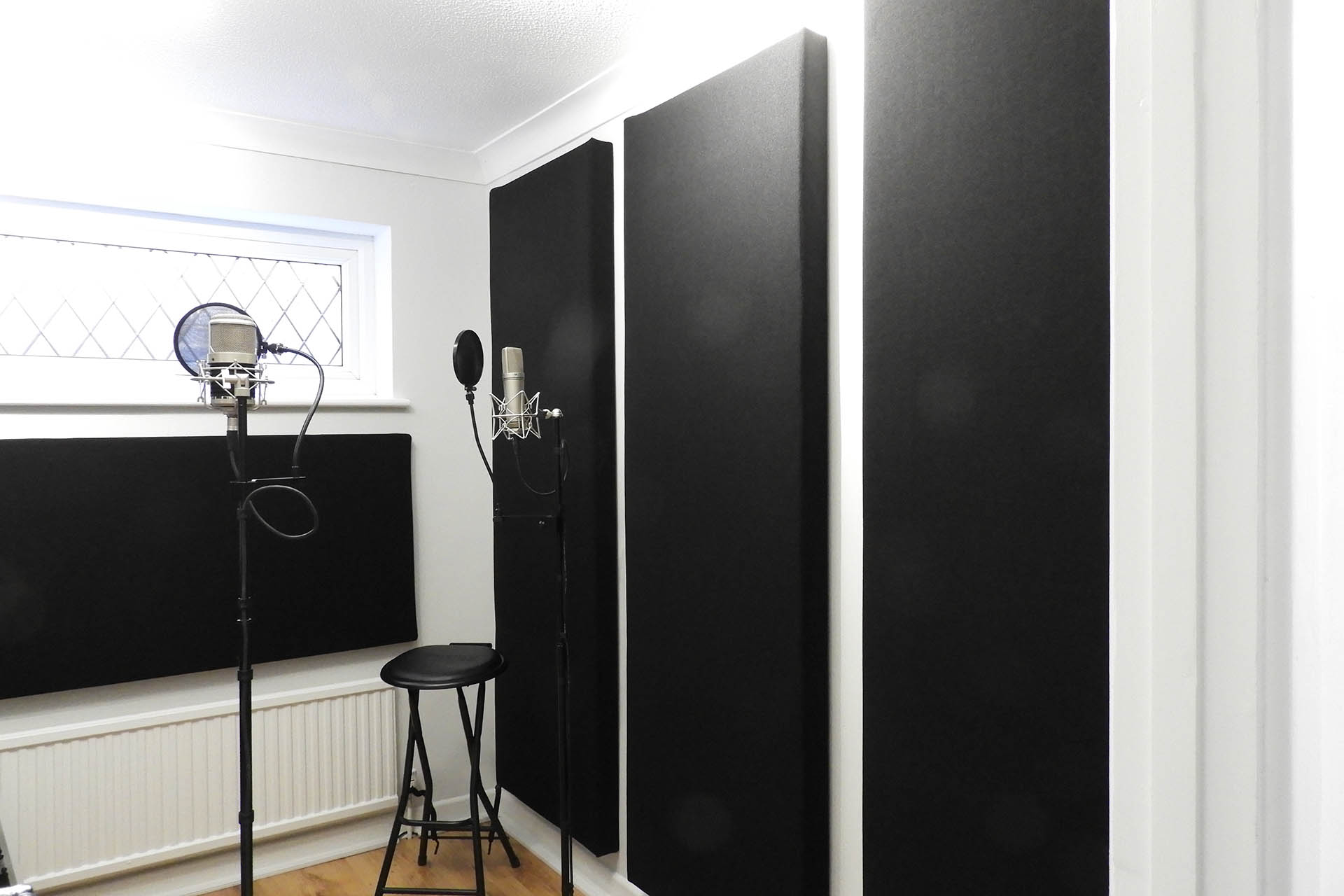
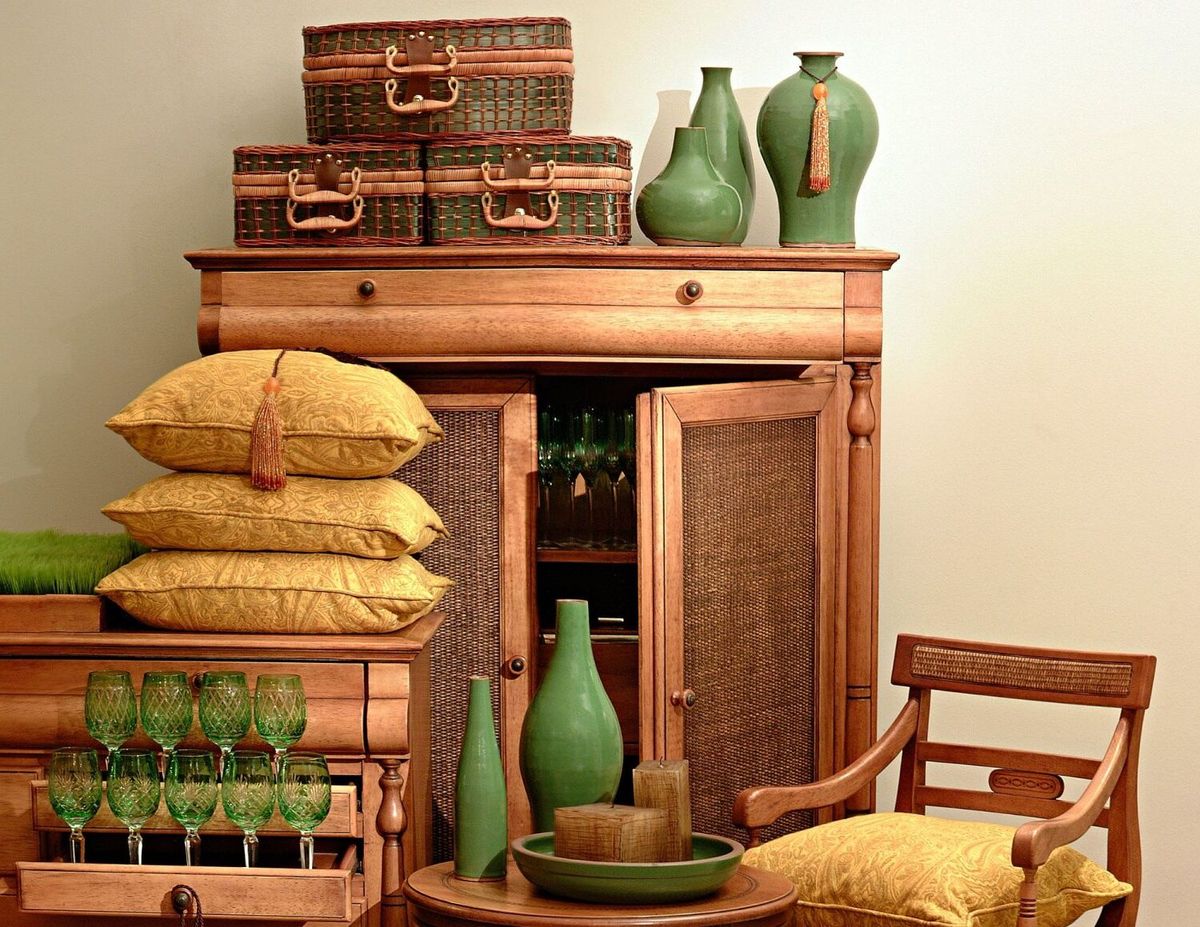


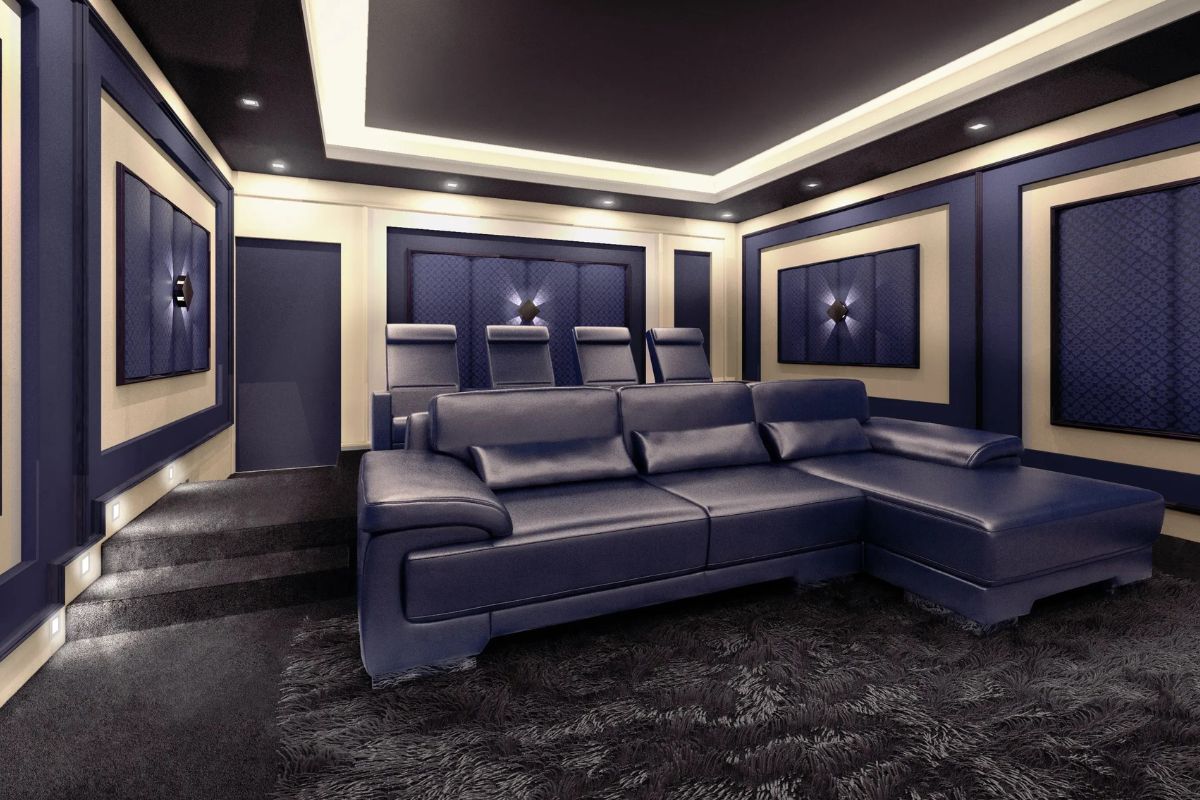
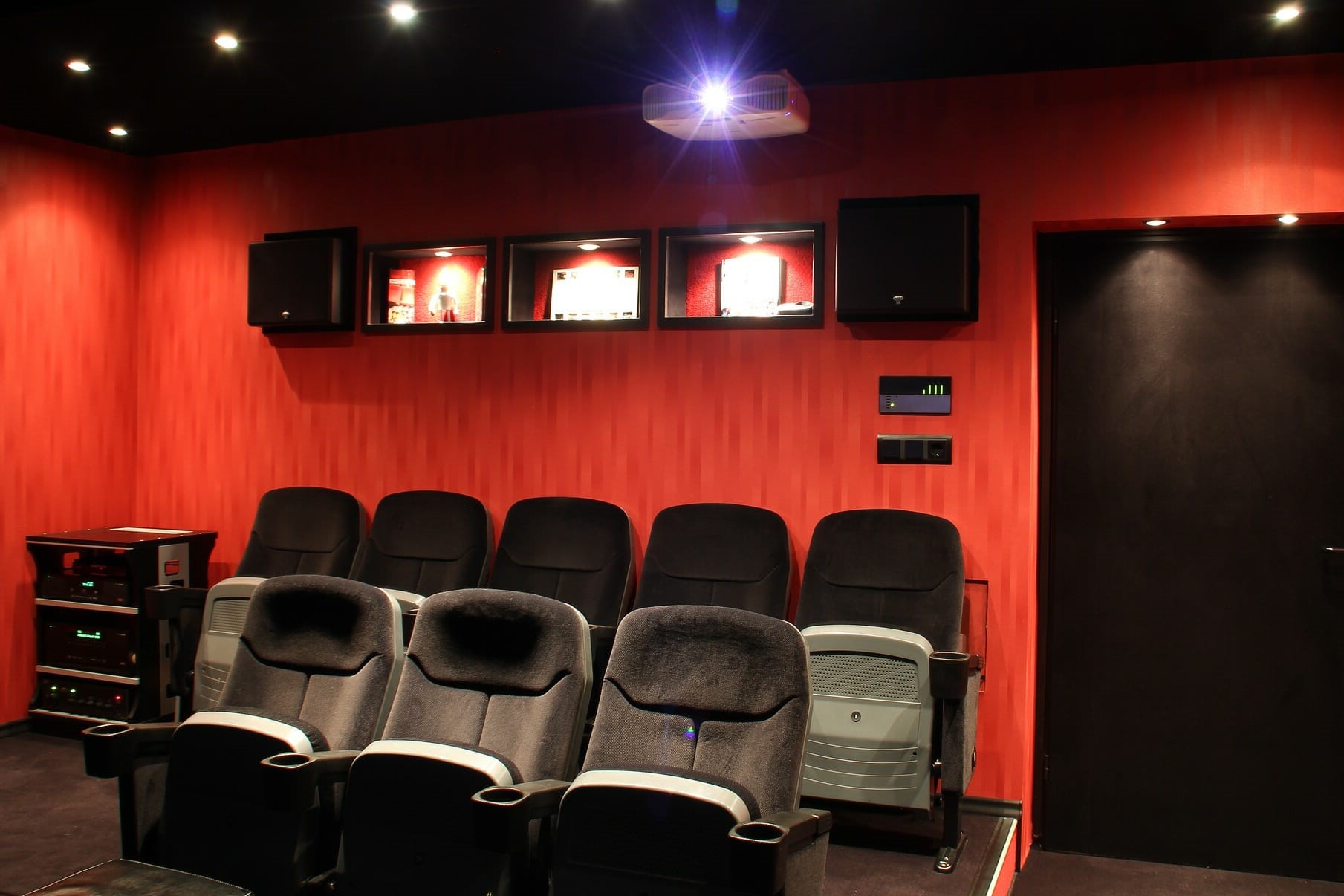
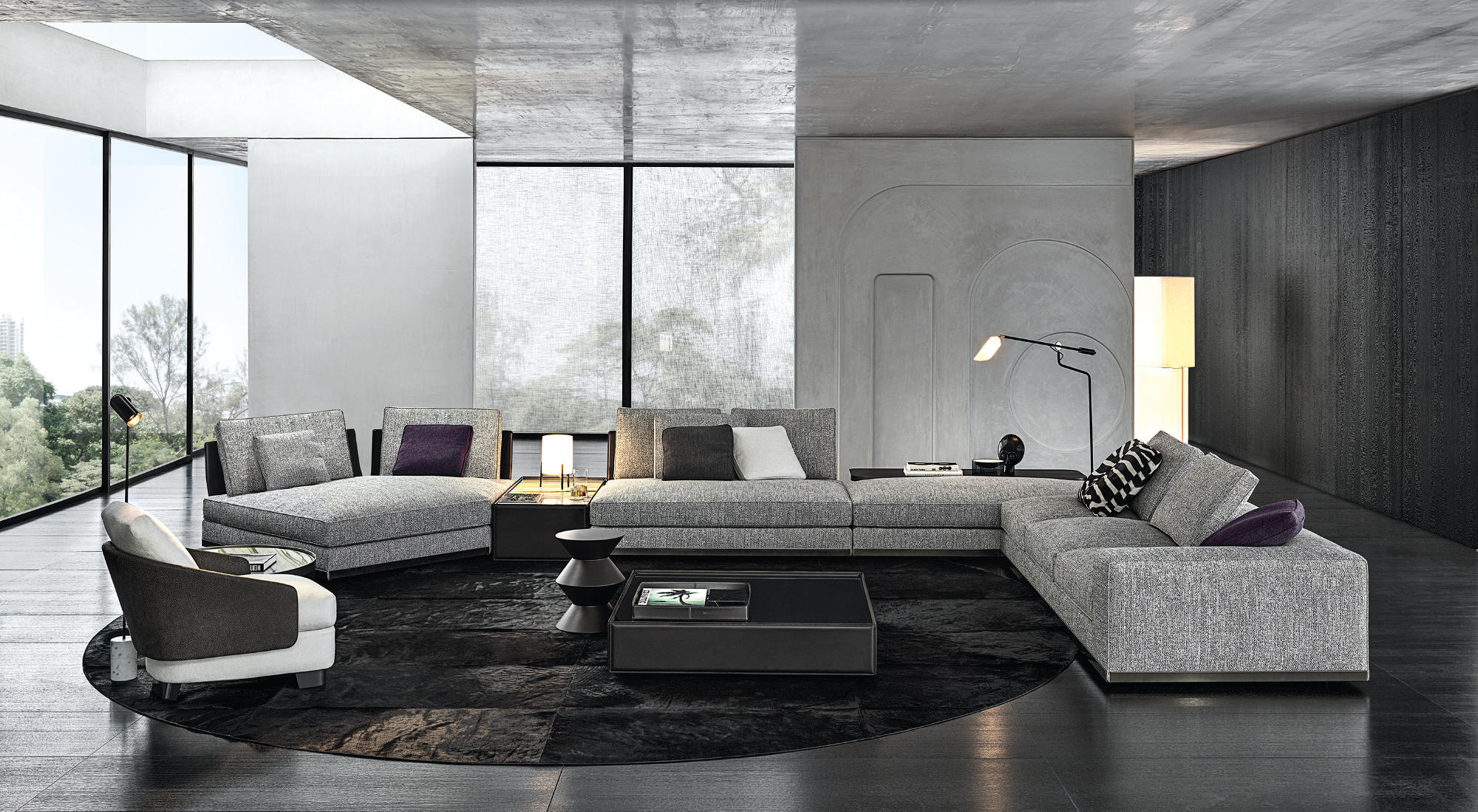



0 thoughts on “Hidden Harmonies Of Home Acoustics”